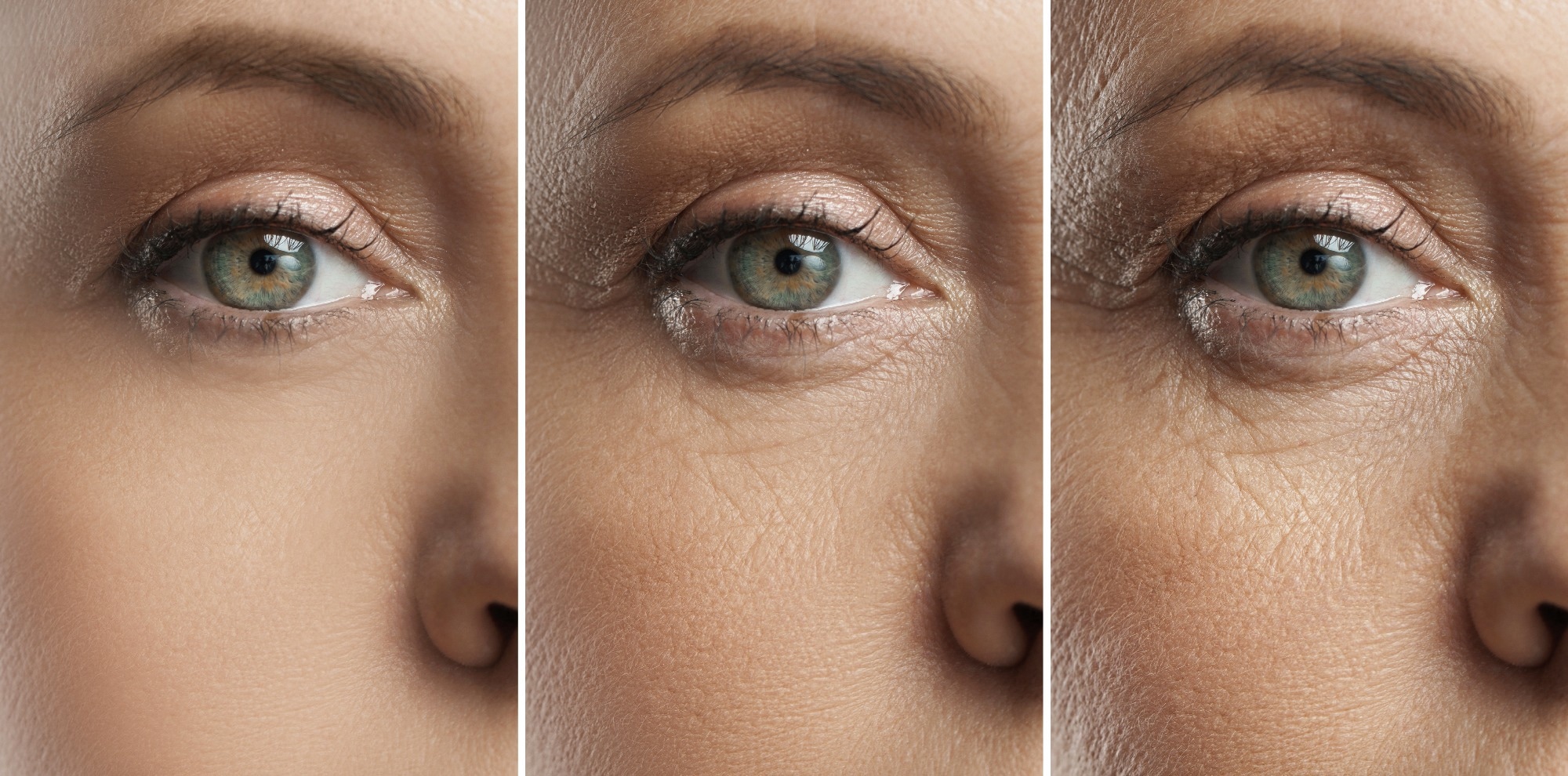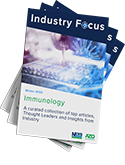Home » Health News »
Researchers review the association between endogenous retrovirus reactivation and aging
In a recent review published in Cell, researchers explored the role of endogenous retrovirus (ERV) reactivation in the aging process.

ERVs are reported to be viral remnants of infections among primates that transform into stable genetic components at the boundary between own cell-deoxyribonucleic acid (DNA) and foreign cell-deoxyribonucleic acid. Studies have reported endogenous retrovirus reactivation in several diseases in humans.
About the review
In the present review, researchers provided novel insights into aging mechanisms associated with ERV reactivation.
ERV reactivation and aging
ERV reactivation during advanced age could induce senescence, associated with epigenetic activation, and contribute to age-related chronic inflammatory responses. The endogenous retrovirus-K (ERV-K) is reportedly the most recently integrated ERV that was incorporated into the genome of humans six million years ago.
Notably, >1,000 human ERV-K (HERVK) loci have been identified in the genome of humans, the age-related activation of which has been reported in several diseases, including cancers, systemic lupus erythematosus, multiple sclerosis, and rheumatoid arthritis.
The human ERV-K exists in the provirus form in the human genome, comprising sequences encoding proteins critical for the reactivation, and RVLP (retrovirus-like particle) formation, having diameters in the range of 80nm to 100 nm but lacking genetic components essential for proliferation. Cellular senescence refers to a stable arrest of replication observed among aged cells and tissues associated with metabolic and epigenetic reprogramming and the potent SASP (senescence-associated secretory phenotype) pro-inflammatory secretome.
Studies have reported that SASP factors be involved in age-related disorder development, tissue injury, and cellular degeneration. Retro-transposons, such as L1 (long interspersed element-1), reportedly drive senescence-related and age-related processes. In addition to L1, HERVK RVLPs get activated by epigenetic derepression at senescence.
Aging is associated with reduced DNA methylation and heterochromatin decondensation, with resultant activation of HERVK provirus transcription and translation of the provirus into proteins required to form retrovirus-like particles.
Immunology eBook

As L1, the human ERV-K ribonucleic acid undergoes reverse transcription by the viral RT (reverse transcriptase) enzyme to form cytoplasmic DNA in senescent cells. As a result, the expression of SASP (senescence-associated secretory phenotype) factors is increased via cyclic guanosine monophosphate–adenosine monophosphate synthase (cGAS)–stimulator of interferon genes (STING) pathway-dependent nuclear factor kappa B (NF-kB) activation.
On release from cells that deteriorated with age or obtained from sera of elder individuals, particles of the human ERV-K could infect cells via envelope proteins and stimulate the generation of innate immunological responses among infected cells, resulting in senescence phenotype development. RVLP-secreting cells may either become senescent, or the infected cells may release senescence-inducing factors among adjacent cells.
Interferon (IFN) responses and SASP are triggered by L1 complementary DNA in the cytoplasm and the human ERV-K. respectively, can be inhibited by NRTI (nucleoside reverse transcriptase inhibitor) drugs, commonly used in the management of human immunodeficiency virus (HIV) infections.
Thus, NRTIs effectively decrease ERV levels and improve aging-associated degeneration. The expression of SASP by the human ERV-K indicates that repurposed NRTI drugs may improve geriatric health.
Future perspectives
The activities of HERVs in healthy tissues and the pathways involved in promoting aging by ERV have not been well-characterized. In addition, the pathways of L1-mediated interferon activation and HERVK-mediated SASP activation need to be determined. Further research must be conducted to evaluate the therapeutic efficacy of NRTI drugs against HERVK-related and L1-related deterioration and senescence-related inflammation.
Combinational approaches targeting HERVK, L1 retro-transposons, and other molecules that generate deoxyribonucleic acid in the cytoplasm and elevate SASP levels, including CCF (cytoplasmic chromatin fragments), must be investigated to develop therapeutics that retard/inhibit aging. Biological age determination could aid the development of effective anti-aging therapies, using biomarkers such as length of telomeres, pro-inflammatory molecules, the status of deoxyribonucleic acid methylation, senescence, metabolome profiling, or facial characteristics.
Additionally, HERVK particles present in human sera could be used as a probable biomarker to determine the biological age. The particles could be quantified using quantitative reverse transcription-polymerase chain reaction (qRT-PCR) analysis. Determining biological age could guide the timing at which interventions must be provided to individuals to age in a healthy manner.
Based on the review findings, HERV activation might drive aging, and therefore, HERVK could be used as a probable biomarker to estimate biological age for developing anti-aging therapeutics.
- Nirmalya Dasgupta and Peter D. Adams. (2023). Is aging a ‘‘Retro’’spective event? Cell. doi: https://doi.org/10.1016/j.cell.2022.12.040 https://www.cell.com/cell/fulltext/S0092-8674(22)01583-5
Posted in: Medical Science News | Medical Research News | Miscellaneous News
Tags: Adenosine, Aging, Arthritis, Biomarker, Cell, Chromatin, Chronic, Cytoplasm, DNA, DNA Methylation, Drugs, Efficacy, Enzyme, Genes, Genetic, Genome, HIV, Immunodeficiency, Inflammation, Interferon, Lupus, Lupus Erythematosus, Multiple Sclerosis, Nucleoside, Phenotype, Polymerase, Polymerase Chain Reaction, Proliferation, Research, Retrovirus, Reverse Transcriptase, Rheumatoid Arthritis, Ribonucleic Acid, Sclerosis, Systemic Lupus Erythematosus, Therapeutics, Transcription, Translation, Virus

Written by
Pooja Toshniwal Paharia
Dr. based clinical-radiological diagnosis and management of oral lesions and conditions and associated maxillofacial disorders.
Source: Read Full Article



